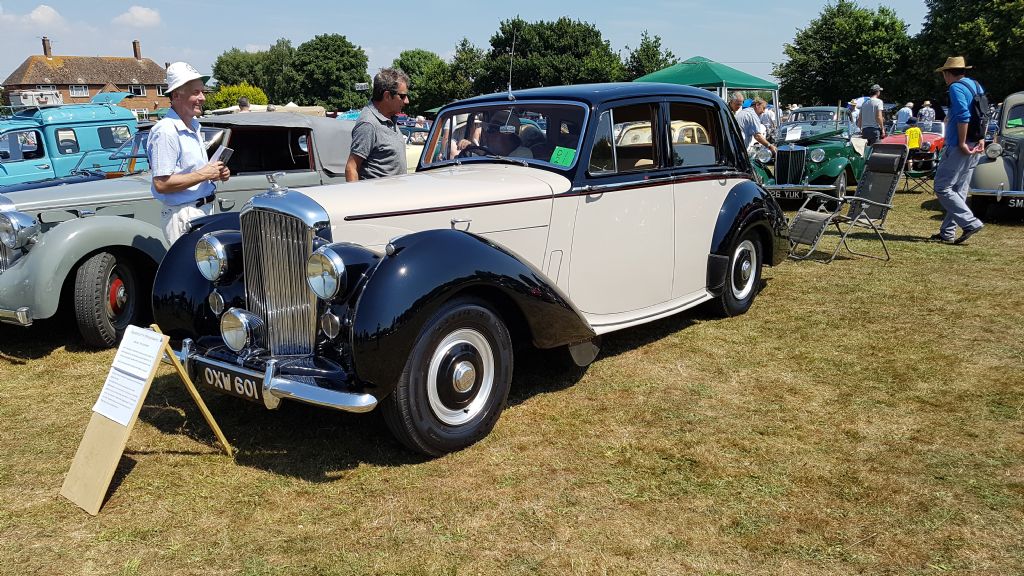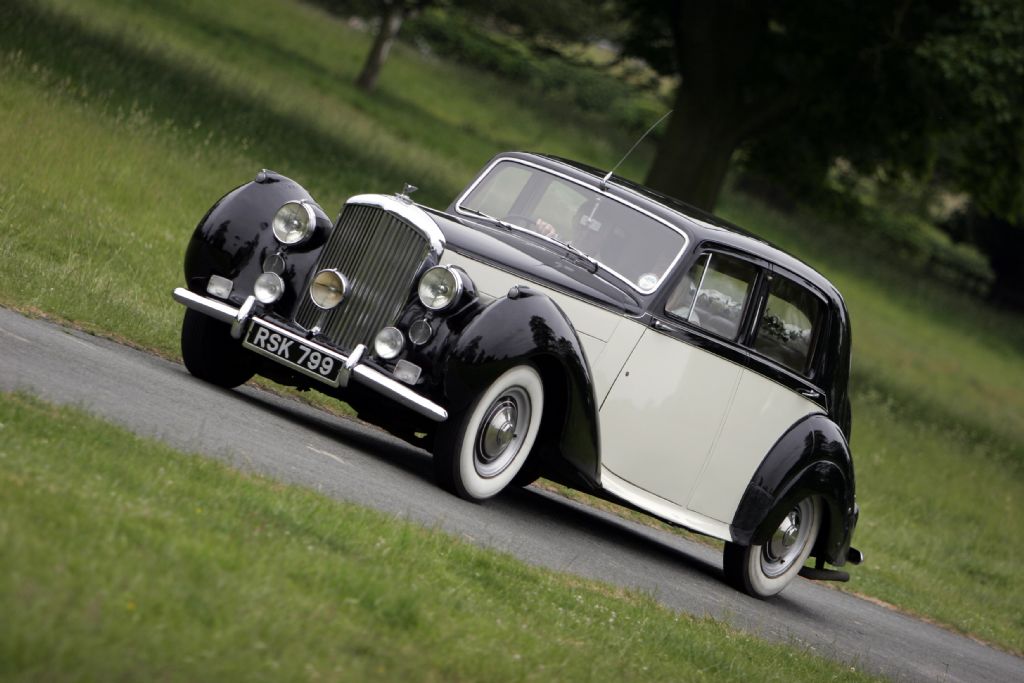Home > Classic Car Data > Bentley R-Type
Bentley R-Type
Intelligence Data:
About the Bentley R-Type
The R Type is the second series of post-war Bentley automobiles, replacing the Mark VI. Essentially a larger-boot version of the Mk VI, the R type is regarded by some as a stop-gap before the introduction of the S series cars in 1955. As with its predecessor, a standard body was available as well as coachbuilt versions by firms including H. J. Mulliner & Co., Park Ward, Harold Radford, Freestone and Webb and others.
Other than the radiator grilles and the carburation there was little difference between the standard Bentley R Type and the Rolls-Royce Silver Dawn. The R Type was the more popular marque, with some 2,500 units manufactured during its run to the Silver Dawn's 760.
During development it was referred to as the Bentley Mark VII; the chassis cards for these cars describe them as Bentley 7. The R Type name which is now usually applied stems from chassis series RT. The front of the saloon model was identical to the Mark VI, but the boot (trunk) was almost doubled in capacity.[citation needed] The engine displacement was approximately 4½ litres, as fitted to later versions of the Mark VI. An automatic choke was fitted to the R-type's carburettor. The attachment of the rear springs to the chassis was altered in detail between the Mark VI and the R Type.
For buyers looking for a more distinctive car, a decreasing number had custom coachwork available from the dwindling number of UK coachbuilders. These ranged from the grand flowing lines of Freestone and Webb's conservative, almost prewar shapes, to the practical conversions of Harold Radford which including a clamshell style tailgate and folding rear seats.
All R Type models use an iron-block/aluminium-head straight-6 engine fed by twin SU Type H6 carburettors.[citation needed] The basic engine displaced 4,566 cc (278.6 cu in) with a 92 mm (3.62 in) bore and 114.3 mm (4.50 in) stroke.A 4-speed manual transmission was standard with a 4-speed automatic option becoming standard on later cars.
As of 2017, it remains the last car by Bentley to be sold with a manual transmission.
The suspension was independent at the front using coil springs with semi elliptic leaf springs at the rear.The brakes used 12.25 in (311 mm) drums all round and were operated hydraulically at the front and mechanically at the rear via a gearbox driven servo.
Steel chassis, pressed steel body
Iron block, alloy head, inlet over exhaust with twin SU
Transmission: Four speed manual or optional HydraMatic four speed auto, rear wheel drive.
Suspension : Independent with double wishbones, coil springs. Rear live axle, semil elliptic leaf springs, lever arm dampers
Steering : Cam and roller
Brakes : drums all round, hydraulic at front with mechanical servo at the rear.
Vital Statistics
| Years: | 1952 to 1955 |
| Produced: | 2320 vehicles |
| Capacity: | 4566 cc |
| Engine: | Straight 6 |
| Top Speed: | 101 mph |
| 0-60mph: | 13.8 secs |
Source: Wikipedia
Photo/s: wikipedia
Bentley R-Type Gallery
Search Database
Classified Alerts
We can help you find the classic vehicle you desire.
Advertise Here
You can advertise your business here. Call us on
01892 457670

.jpg)

.jpg)
